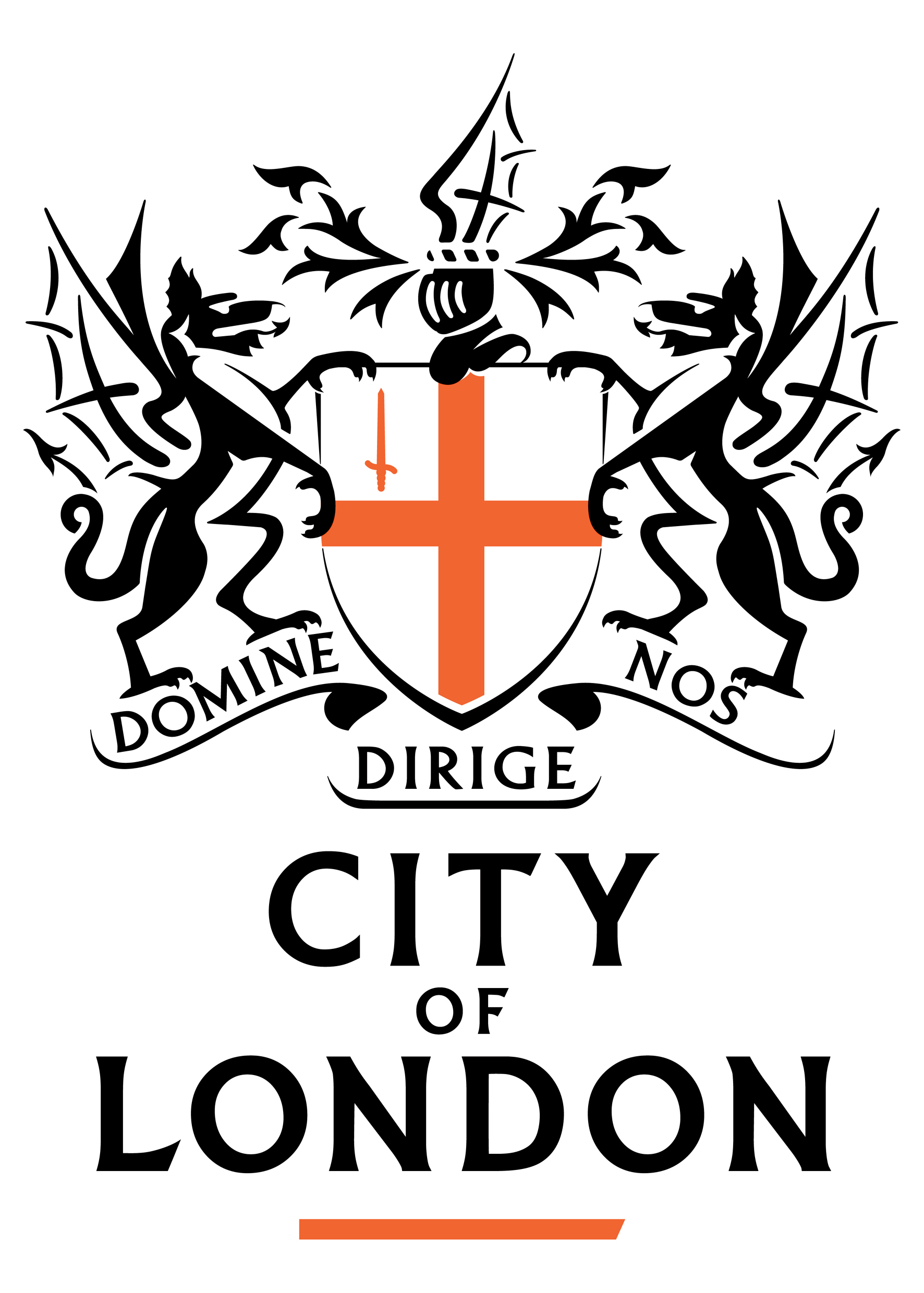
- You are here:
- Agenda item
Agenda item
20mph Benefits and Dis-benefits investigation Report
Report of Director of Built Environment
Minutes:
The Board received the report of the Director of the Built Environment which advocated the adoption of a 20mph speed limit in all City streets, including those managed by Transport for London.
Members were informed that casualty figures in the City had shown a steady increase over the last three years with some 423 casualties in 2012 including 57 killed or seriously injured (KSI). This was despite continuation of our traditional
programme of road safety measures. The reason for the increase was that
the nature of the usage of City streets is changing. There had been a
dramatic rise in the numbers of cyclists and pedestrians, and with the
advent of Crossrail increasing the number of pedestrians and the
encouragement of cycling generally, these numbers wold only increase.
Compared with the rest of London, in the City these groups were
disproportionately highly represented in the casualty statistics. The
situation could therefore only get worse unless action was taken.
The strategy to reverse the rising casualty numbers is the recently
adopted Road Danger Reduction Plan (RDRP). This set out a whole
range of measures to be undertaken between now and 2020. All of
these had different cost to benefit ratios. The City was already doing the
more straightforward things, with an innovative education, training and
publicity programme (ETP); minor junction improvements; driver
behaviour and vehicle improvement programmes; and even some major
junction improvements, like at Holborn Circus, where the City were spending
£3M on what was our worst casualty location. The City also delivered
schemes like Cheapside, where there had been an average speed
reduction of over 4 mph (and no collisions resulting in casualties),
through narrowing the carriageway. However, measures like these took time
and to achieve City-wide results would be prohibitively expensive.
Officers stated that the main findings of the study included:
• Traffic speeds would be reduced by the introduction of a 20mph limit
• The often-quoted low average speeds within the City mask both streets
where average speeds were over 20mph and also peak traffic speeds at
various times such as evenings and weekends. Secondary benefits such
as reduced pollution and health improvements through modal shift to
cycling were likely to occur.
• There was little or no disbenefit to introducing a 20mph speed limit and in
particular journey-time increases would be minimal given the size of the
City (typically the journey time for the longest route through the City, i.e.,
from Victoria Embankment to Byward Street, is not expected to exceed 1
minute even during free flow conditions).
• Transport for London (TfL), City of London Police (CoLP) and the World
Health Organization (WHO) supported the introduction.
Members were informed that the report had been approved at the Policy & Resources and Planning & Transportation Committee meetings. A report regarding air quality would be circulated to Members of the Board in due course. Officers agreed to provide an update on City pollution as part of the update report at the meeting in September. Members also requested further reading material such as useful internet links to be circulated to ensure an electronic library was populated for the Board’s reference.
RESOLVED: That Members agreed:-
1. Subject to the agreement of the Court of Common Council, public
notice of the City’s intention to make an order prohibiting the driving
of motor vehicles on all streets in the City of London for which the
City is the local traffic authority at more than 20mph be given
2. That any objections that are made to the making of that order be
reported to your Planning and Transportation Committee for
consideration
3. That the costs of implementing a 20mph limit be met through Local
Implementation Programme funding with approval being sought to
utilise the ‘on street parking reserve’ in the event of any shortfall.
Supporting documents:
-
20 MpH v 12 2 (3), item 6.
 PDF 176 KB
PDF 176 KB -
20 MpH Appendix v 12 0, item 6.
 PDF 294 KB
PDF 294 KB -
FAQs v 12 0AC, item 6.
 PDF 88 KB
PDF 88 KB